What is cash-on-cash return?
Cash-on-cash return on investment (cash-on-cash ROI) is one of the most important real estate investing metrics you need to know. Cash-on-cash Return is the cash flow in your pocket as a percentage of the equity invested in the deal. Essentially it measures what percentage of the money that you put into a deal that you back each year. It’s a simple calculation but finding the variables to calculate it can be a little complex.
How to calculate cash-on-cash return
For simplicity, we will assume that we have all the primary data points readily available. In real life, you will have to contact your bank to get an estimate on what interest rate they would charge, loan terms, amortization schedule, and closing costs. Consequently, when it comes to capital expenses, this may require a contractor to give you estimates. You also may have to consider leasing commissions paid to a broker that is finding you a new tenant.
For this example, you purchase a property for $3,750,000 and you have closing costs of $100,000. You must put 25% down on the loan at an interest rate of 4.75%. The loan is based off an amortization of 30 years. The property is projected to make a net operating income (NOI) of $275,000 for that first year. You expect to pay out $10,000 in capital expenses for that same year. What cash-on-cash return should you expect to receive after the first year?
In order to calculate what type of cash-on-cash return that we expect to receive, we will have to find some unknowns. The first is the loan amount. In order to calculate the loan amount, we take the purchase price of $3,750,000 and multiply it by 75% to get the amount the bank will disperse to us.
$3,750,000 * 75% = $2,812,500
Next, we need to find out how much of the total investment will be our own cash that we have to bring to the table. to solve for this, we take the purchase price of $3,750,000 plus the closing costs of $100,000 minus the loan amount of $2,812,500.
$3,750,000+$100,000-$2,812,500 = $1,037,500
The final unknown that we need to solve for is the first year of debt. This calculation is much easier to solve through Excel which we will use, as calculating our debt payment is not the focus. The formula is as follows.
$176,056 = PMT (Interest rate (4.75%/12), Amortize years (30) * Number of payment per year (12), Loan amount ($2,812,500)) * 12
Next, we need to calculate our cash flow after debt services. After we find that, we divide it by our equity invested. To find our cash flow after debt services, you take your first year net operating income ($275,000) minus our first year of debt ($176,056) minus any capital expenses for that year, ($10,000) which leaves us with a cash flow after debt services of $88,944.
$275,000-$176,056-$10,000 = $88,944
We’re almost there! The last step is to divide your cash flow after debt services ($88,944) by the equity that you invested ($1,037,500) to get you a cash-on-cash return of 8.57%. This means in the first year you will receive 8.57% back out of the equity you invested.
Generally speaking, cash-on-cash return is your income for that year minus all expenses and dividing it by the equity invested. This tells you that out of $X you invested, you have received X% of that back for that fiscal year.
What is a good cash-on-cash return?
Now that we have an understand how to calculate cash-on-cash return, what is a good cash-on-cash return? Like internal rate of return, there are a few factors that you need to consider when answering this question. The first being, what level of risk will you be assuming on acquisition of the property? The higher the risk of the investment, the higher the returns you should expect. The lower the risk of the investment, the lower the returns you should expect.
The next element to consider is the cash-on-cash return valuation does not consider tax benefits. For example, depreciation write offs or the appreciation of your properties value through time. That is why it is crucial to cross examine your cash-on-cash return metric with the IRR, net present value, and debt coverage ratio make sure you make a wise investment.
As a general rule of thumb, if the property is a low-risk investment you may be okay with a cash-on-cash return of around 8%. As the risk of the investment rises, so does the return you should expect to receive. I am sure you might be asking yourself why is 8% the lowest I should go? The reasoning behind an 8% cash-on-cash return is if you were to put the equity into the stock market, you could expect an average return on investment of 9% a year. Remember that with stock, you must pay capital gains taxes every time you sell your stock and reinvest it.
Real estate is different in that you can write off your expenses, interest payments, and depreciation of the assets which cash-on-cash return does not consider. Once these are taken into account, there is a good possibility that you will supersede the market average for the stock market. This is why some are okay with a slightly lower return than the amount you would receive from stock. Especially if the property is a low risk investment. Also, when you go to sell the property, you can do what is known as a 1031 exchange. This allows you to shift the proceeds from the sale to a like-kind property and avoid any capital gains tax. Remember, the higher the risk of the investment, the higher the returns you should aim for.

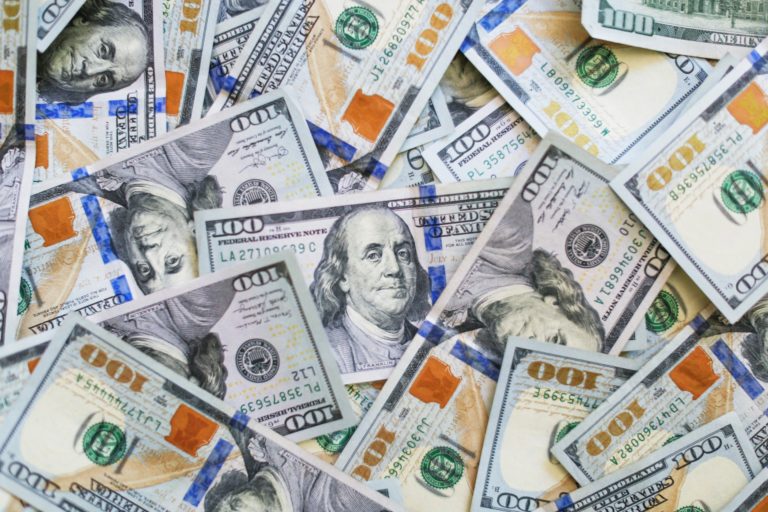
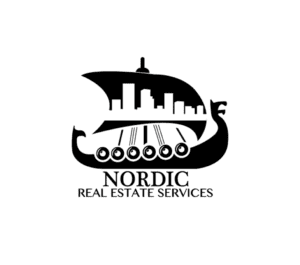

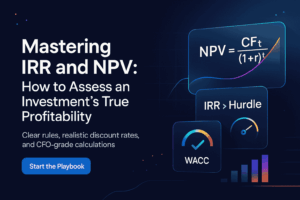
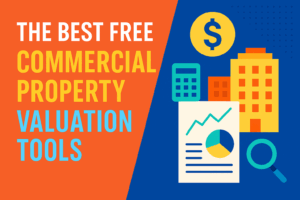
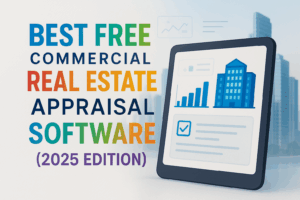

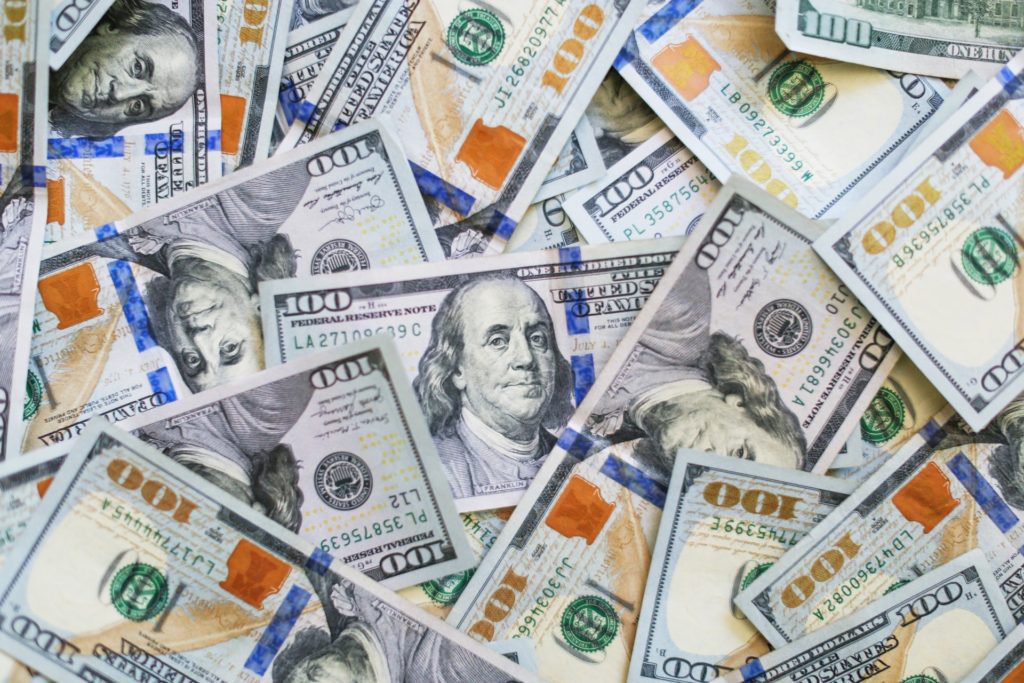
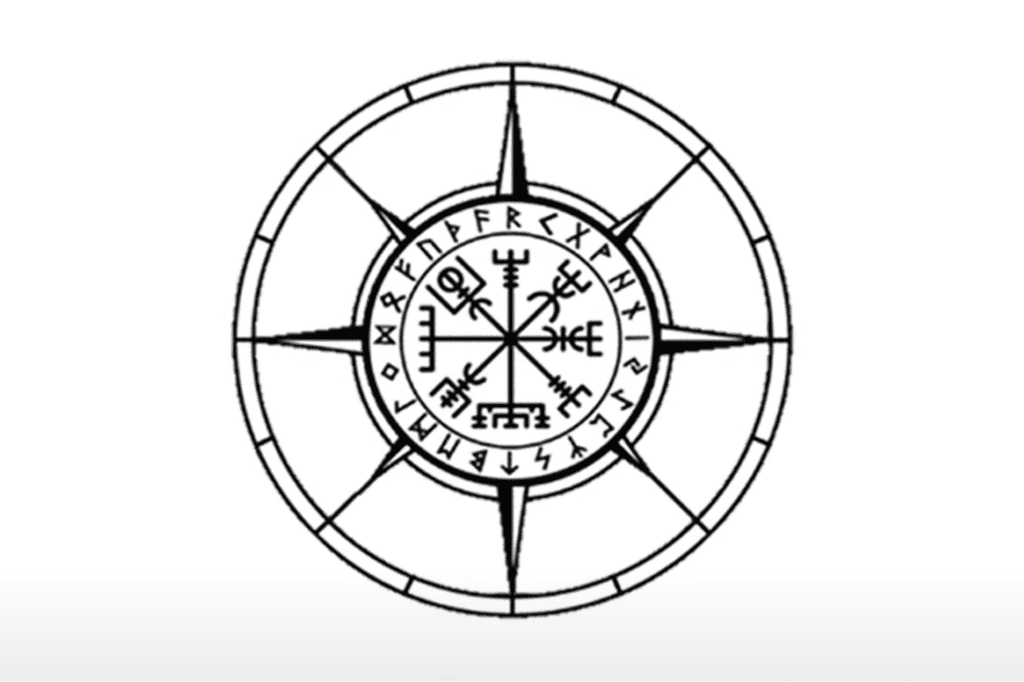




1 thought on “What You Need To Know About Cash-On-Cash Return”
Pingback: Cap Rates, Do They Really Matter? - Nordic Real Estate Services
Comments are closed.